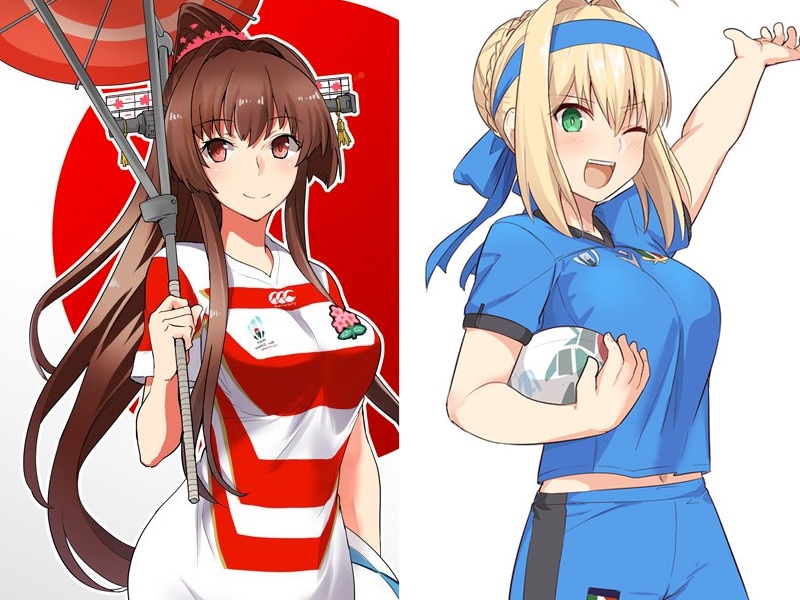Being an American in rural Japan can be a challenge, and while I do my best to fit in with the larger society around me, sometimes I just gotta be me, which incidentally is known as “going my way” in Japanese. It’s common for my wife to get on my case about my being “too American,” which (to her) is usually about my tendency to be loose with my schedule, to forget important dates because I know she’ll remind me anyway, and to say “yes, I’ll be there in fifteen minutes” then show up three hours later. But my wife isn’t the only one who takes me to task for being such a Yankee — my kids do it too, which never ceases to amuse me, since they’re, y’know, American as well. A few weeks ago I was driving in the mountains with my daughter, and we stopped at a restaurant that serves the most delicious thin-crust pizza, although we had to hunt around for the place since they have no sign indicating which road to turn at. When I mentioned my intention to tell the owners that they might consider investing in a lighted sign, my daughter said, “Why do you have to say anything to them at all? You always say whatever comes into your head without thinking — you’re such an American.” One of my most embarrassing moments as a parent was when my son was three or so, at the playground. It was time to go, but of course he wanted to stay, so I had to gently insist that he go now. He got mad, and in front of dozens of amused parents shouted, “Don’t you know there are rules grown-ups have to follow when they want a kid to leave the playground? You’re an American, and Americans don’t understand rules!” It’s always interesting to see one’s self through the eyes of a child.
Naturally, mastering a foreign language requires hard work and many hours learning things like grammar and vocabulary, but you also have to develop a “sense” for the language itself, internalizing the “real meanings” behind what you hear. Two handy words students of Japanese encounter soon into their studies are sukoshi (su-KOH-shi) and chotto (CHO-toh), both of which essentially mean “a little bit.” If it’s a little cold, you could say either chotto samui desu or sukoshi samui desu and your meaning would be communicated properly. One slight difference between the two words, however, is that chotto sometimes has a negative context, especially when used by itself without an adjective after it. If a girl makes a not-too-delicious bento lunch for you then wants to know how it tastes, you might reply “chotto…” which essentially means, “it doesn’t really taste that good, but I’m too polite to come out and say it directly.” Or, if there was someone you disliked, you could imply something bad about them without actually saying anything, by using “ano hito wa chotto…” (“That person is kind of…”), with the details of what you were going to say left up to the imagination. Although the Japanese have perfectly good words for “yes” and “no” — hai and iie, pronounced HA-ee and EE-eh — they’re not really used that often. Instead, agreement or disagreement is more commonly expressed with softer, more nuanced and less direct words and phrases.
One of the banes of foreign visitors to Japan is seiza (SAY-za), the traditional way of sitting on your knees. Written with the characters for “proper sitting,” it is an important part of many traditional Japanese cultural activities, from tea ceremony to flower arrangement to martial arts, and somehow sitting that way seems to encourage reflection and calm the mind. To sit seiza style, kneel with your knees together, then sit back so that your rear end is planted on the bottoms of your feet. Unfortunately, sitting this way for more than a few minutes can be quite a challenge for those not born here, and Japanese always chuckle amusedly at the sight of a gaijin trying to keep his legs from going to sleep while he kneels. One of the wackiest items we’ve ever carried at J-List is the Girlfriend Knee Pillow, a soft set of knees siting seiza style that’s great for single guys to lay their head on after a hard day’s work.















